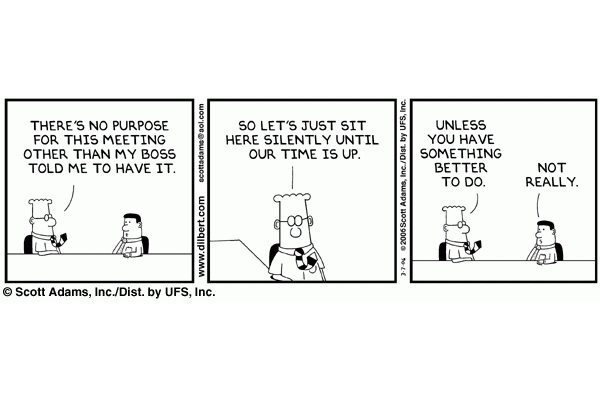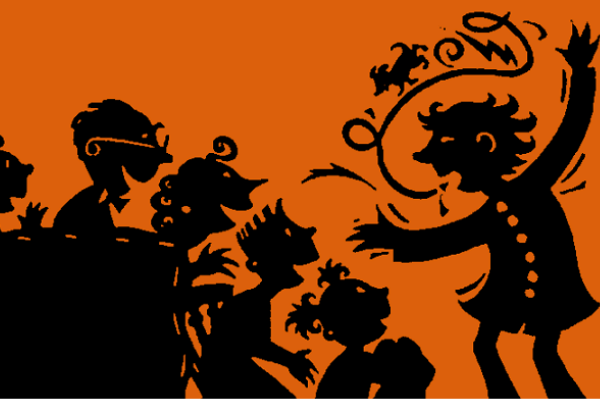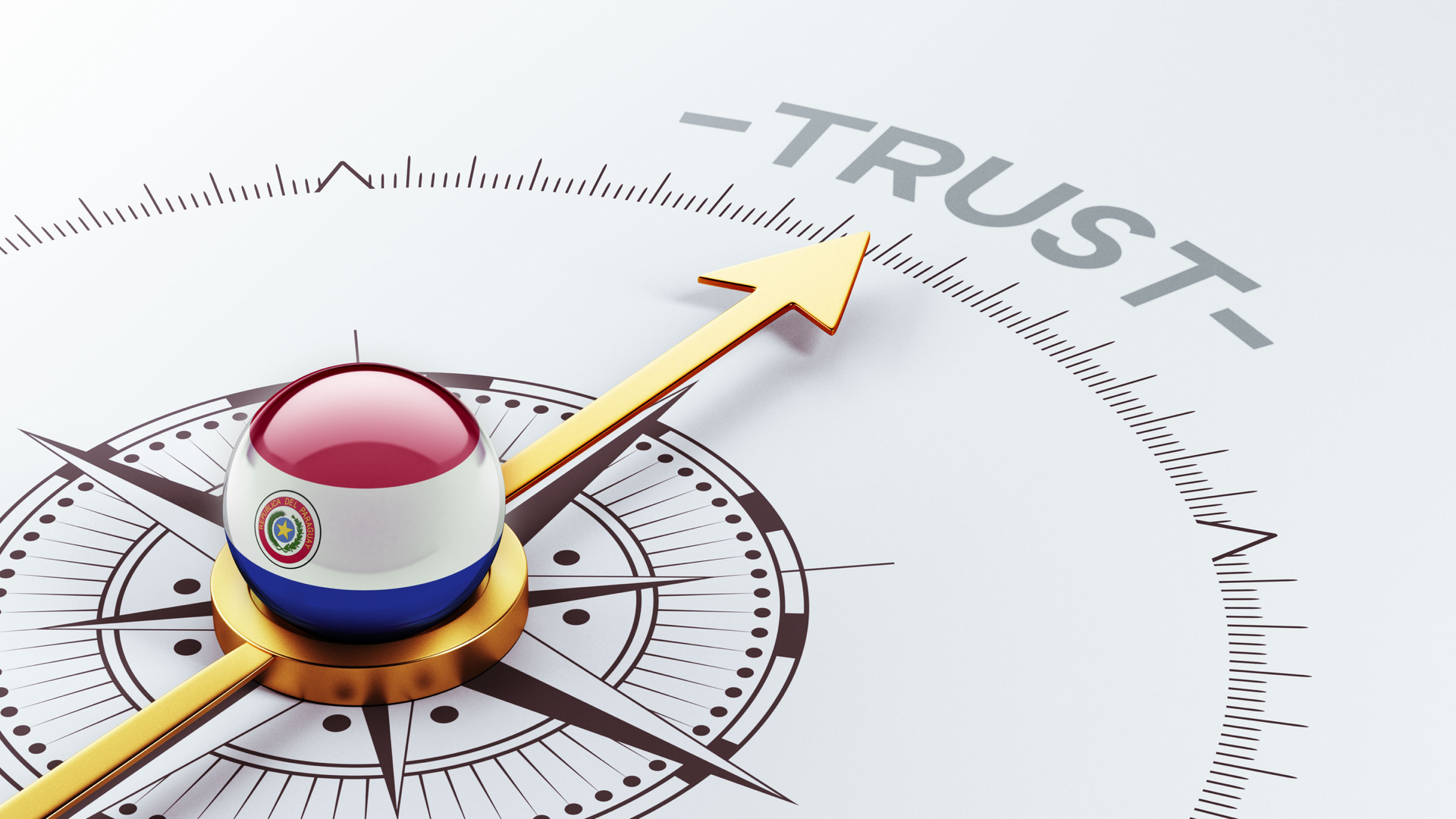One of the most frequent concerns we hear from leaders and team members alike is about unproductive meetings that drain energy and deliver little value. Whether we’re speaking with senior leaders during business strategy facilitation sessions or frontline managers during a leadership training program, the complaints are similar:
“I am not sure why we have such meetings!”
“There was no specific agenda and it meandered all over the place!”
“We never seem to achieve anything productive in these meetings.”
In our experience, many of these issues stem from avoidable mistakes. Meetings have become so routine that teams forget to pause and ask, “Is this meeting truly necessary?” or “Is it structured for impact?”
If you’ve ever found yourself in a meeting that could have been an email — or worse, one that derailed your entire day — you’re not alone. And if you’re part of the learning and development or HR team, you’re likely tasked with equipping teams to run better meetings that encourage collaboration and performance.
So, based on our experience facilitating sessions across industries, here are 5 proven steps to conducting effective meetings at work—especially when managing larger groups.
Step 1: Purpose – Why Are We Meeting?
Table of Contents
Let’s start with the basics: What is the core purpose of the meeting? What outcome do you want to achieve?
We’ve worked with organizations where “meeting-mania” is rampant. There’s an urge to meet for every minor update, status check, or decision. In our view, a truly productive meeting begins with clarity of purpose.
Ask yourself:
- Is this meeting necessary?
- Could the matter be addressed via email or chat?
- What specific outcomes do I want from this session?
If your answers are vague, you’re likely not setting yourself — or your team — up for efficient meetings.
From a business strategy meeting to a quick team huddle, every gathering needs a clear intent. And when the purpose is aligned, it becomes much easier to design a focused facilitation meeting agenda template that serves your team’s needs.
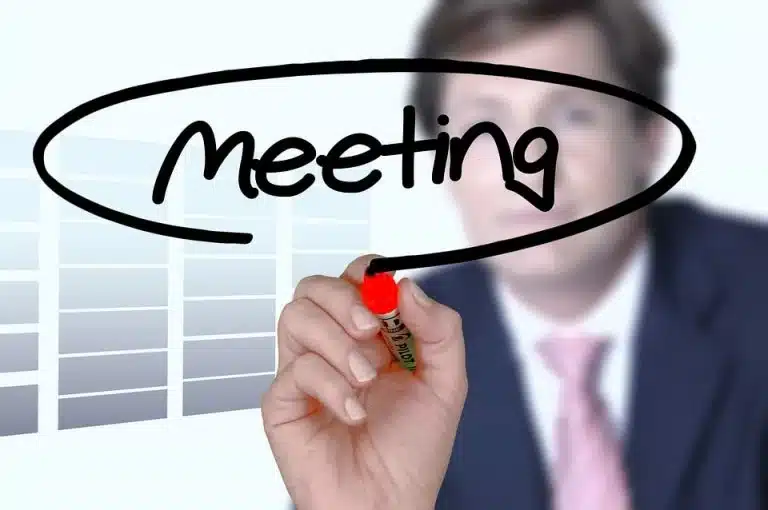
Source: Pixabay
The first thing is to understand if a meeting is needed at all. We have not seen a single team or organization which has complained about having too few meetings! If some discussions can be closed out through phone/emails, avoid having a meeting for the sake of having a meeting. As an organizer, ask yourself the below questions.
- Do you have a core purpose for scheduling the meeting?
- Is an actual, physical meeting the only feasible option to address the core purpose?
- Do you have clear expected outcomes for the meeting?
If the answer to any of them is NO, your meeting is probably not going to be an effective one.
Step 2: People – Who Really Needs to Be There?
Another mistake we see often is inviting too many or the wrong people. A common issue we notice during facilitator-led workshops or effective leadership team meetings is disengagement. You can often trace this back to unclear roles or lack of relevance.
In one of our team effectiveness interventions, a participant sat silently in the back. When asked to contribute, they said, “I’m not part of the team, I was just asked to be here.” A well-intentioned invite, perhaps, but it disrupted the flow.
The takeaway? Invite only those whose presence is essential to the agenda. This leads to efficient team meetings and ensures that all voices in the room are relevant and aligned.

Source: Pixabay
Step 3: Agenda – Set the Flow, Not Just a List
An effective facilitation meeting isn’t just about cramming in agenda points. It’s about crafting a flow.
Before you send out invites, ask yourself:
- Does my agenda reflect stakeholder priorities?
- Does it follow a logical sequence that builds toward the meeting outcome?
We’ve helped design numerous staff retreats, board meeting facilitator sessions, and business networking meetings. A key differentiator in successful ones? Agenda design.
An engaging agenda doesn’t just inform — it inspires. Whether you’re using agile meeting facilitation techniques or creative tools like LEGO Serious Play, it’s important to create a journey, not a checklist.
And don’t forget breaks and energy boosters, especially for longer sessions or facilitation in electronic meetings.

Source: Pixabay
Step 4: Time – Respect the Clock
Time is a limited resource. The best facilitator leaders understand this.
A golden rule we advocate in our facilitator learning and development programs is: Start and end on time.
This is more than good manners. It’s about setting a cultural norm around respect, accountability, and ownership.
We’ve even seen teams become more focused when the meeting is scheduled for 45 minutes instead of an hour. The constraint breeds urgency—and often more clarity.
As a tip: If you think a discussion needs an hour, block 45 minutes instead. Watch how it improves efficiency and meeting facilitation discipline.
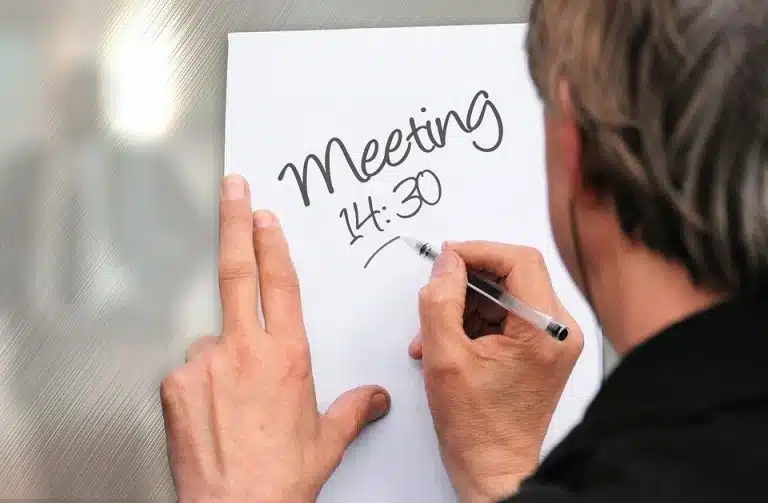
Source: Pixabay
Step 5: The Role of the Facilitator – The Secret Sauce
Whether internal or external, a facilitator for the meeting plays a pivotal role in guiding the conversation.
In large group meetings, the facilitator controls the meeting by balancing structure with flexibility, ensuring inclusive participation, and keeping things on track.
In our experience as corporate team building facilitators, we’ve seen simple tools transform meetings:
- The Talking Stick (only the person holding it may speak)
- Dot voting (for quick consensus)
- Appreciation Whistles (yes, real whistles!)
- Collaborative whiteboarding tools in creative virtual meetings
Related Read: When Important Workplace Conversations Get Lost
And of course, for complex sessions like business strategy sessions, we recommend a seasoned facilitator in workshop settings who understands team dynamics, group energy, and how to guide without dominating.
Having a facilitator in professional development contexts also ensures that the session is reflective, actionable, and energizing.
Related Read: 5 Tips for Facilitating Large Group Meetings

Source: Pixabay
Bonus Tip: Make It Experiential
Meetings don’t need to be boring. They can be experiential, reflective, even fun. In our facilitator in the workplace training, we often demonstrate how experiential elements like role plays, simulations, or quick games can re-energize the group and spark deeper insights.
This is especially effective in leadership offsites, virtual team-building sessions, or strategy retreats, where engagement is crucial to achieving outcomes.
Related Read: How To Plan A Productive Offsite?
Final Thoughts: Rethinking Meetings as Learning Moments
Ultimately, meetings aren’t just about checking boxes — they’re opportunities to align, engage, and accelerate. For L&D professionals and managers, this means building a culture where every meeting is a micro-learning opportunity.
As a learning and development facilitator, we often encourage teams to reflect after each meeting:
- What did we learn today?
- What can we do differently next time?
- How did the structure support (or hinder) our objectives?
These small habits go a long way in embedding a culture of continuous learning and collaborative leadership.
Related Read: How To Succeed In Meetings?
